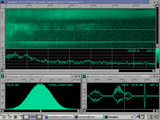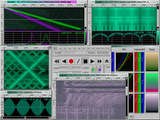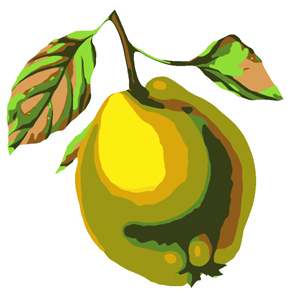
quince
quince라는 프로그램인데 독일에서 개발되었네요.
주로 믹싱작업이나 채널위주로 되는게 아니라 single채널에 여러 이벤트들이 모여 소리를 디자인 하는데 사용되는 듯 합니다.
장점은 공짜라는것/비디오 믹싱 가능하다는것/그리고 macro개념이 아닌 micro개념으로는 디테일 할것 같다는것입니다.
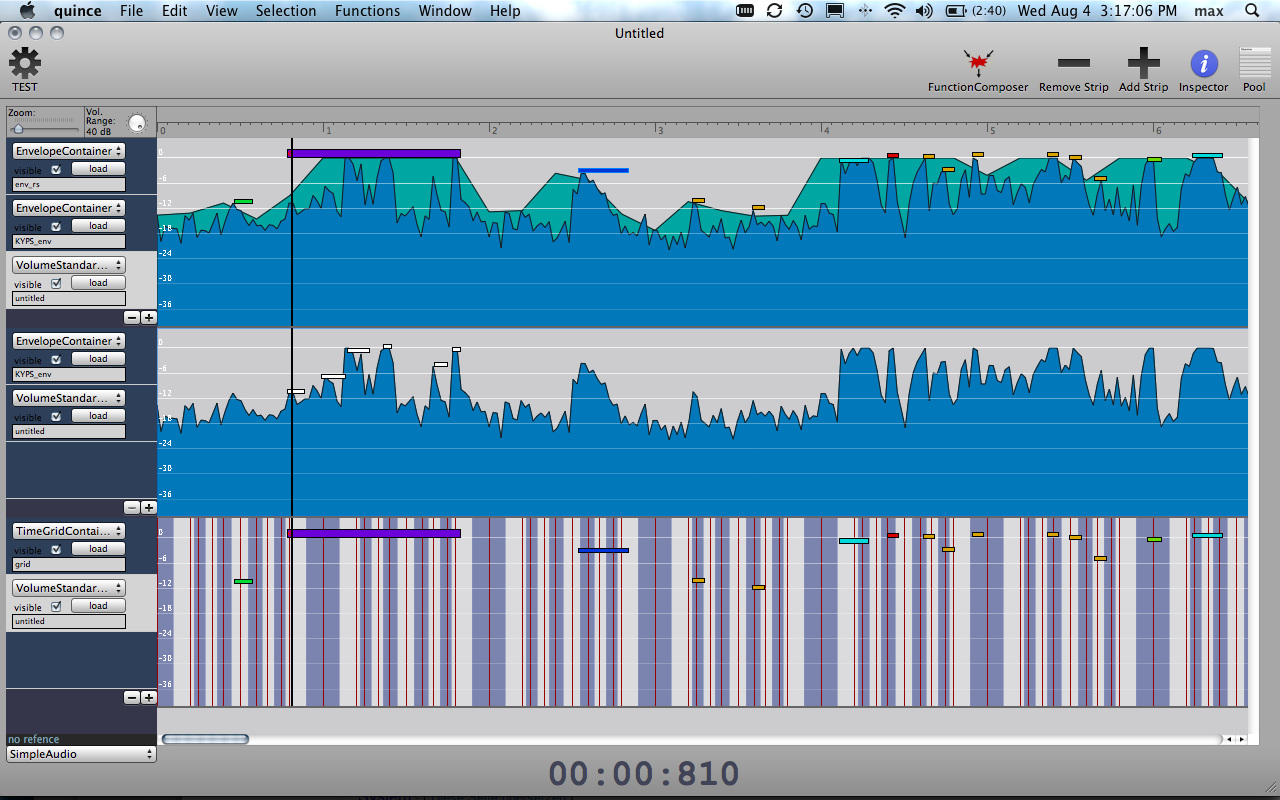
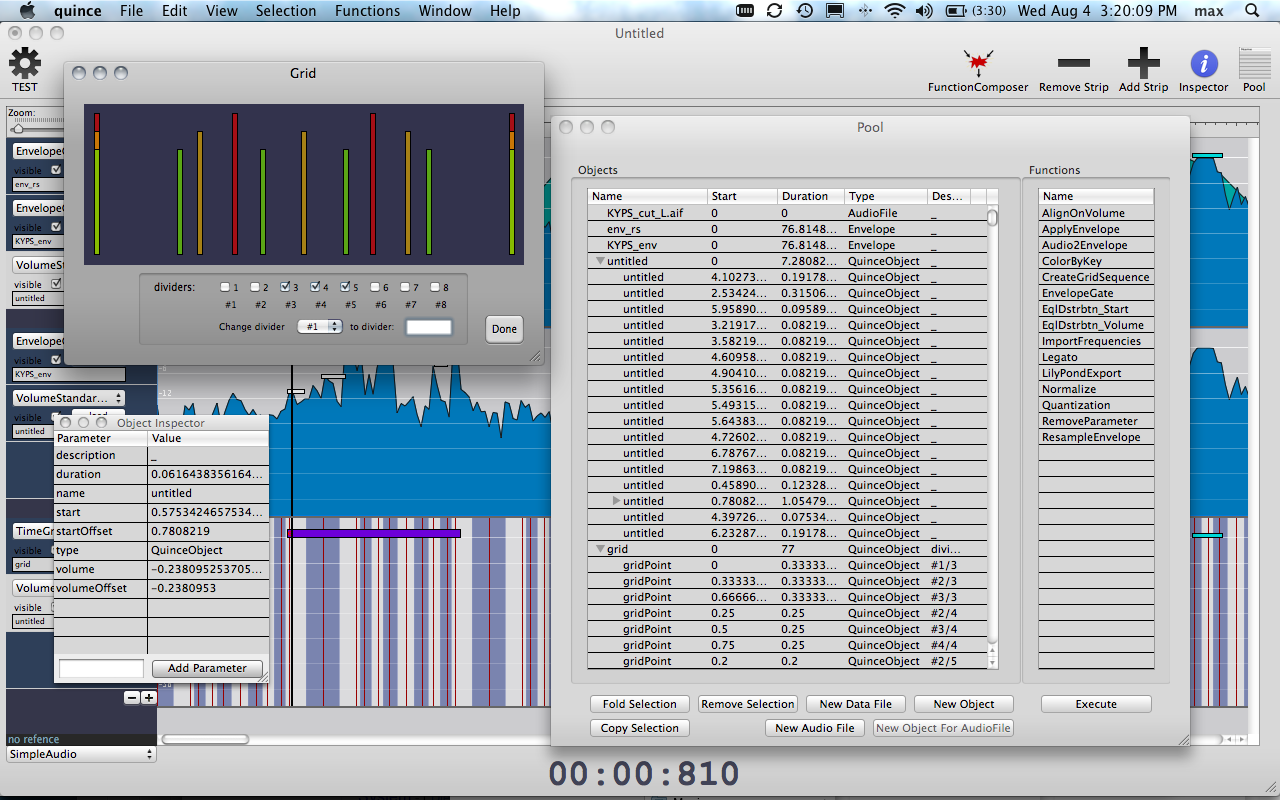
더 많은 사항은 홈페이지를 확인하세요. :http://quince.maximilianmarcoll.de/
quince is a program, similar to a daw, for editing time-based data on the mac (at least os 10.5).
major features include:
– the paradigm “tape-recorder – mixing desk” is broken: there are no
channels. arbitrary numbers of objects can be layered, thus displayed
and edited, on top of or next to each other.
– nested object-trees: each event may contain arbitrary numbers of
events which themselves may contain any number of events and so on.
– all the functionality is implemented in a plug-in structure with an
open API. adding custom plug-ins requires a minimum of code.
– combined functions: using the function composer, function plug-ins can
be combined into functionGraphs, enabling you to create powerful and
complex tools with just a few clicks.
– although quince was developed to serve musical purposes,
theoretically, not only audio but video and every other time-based data
type can be edited in quince. all it needs is a corresponding plug-in.
